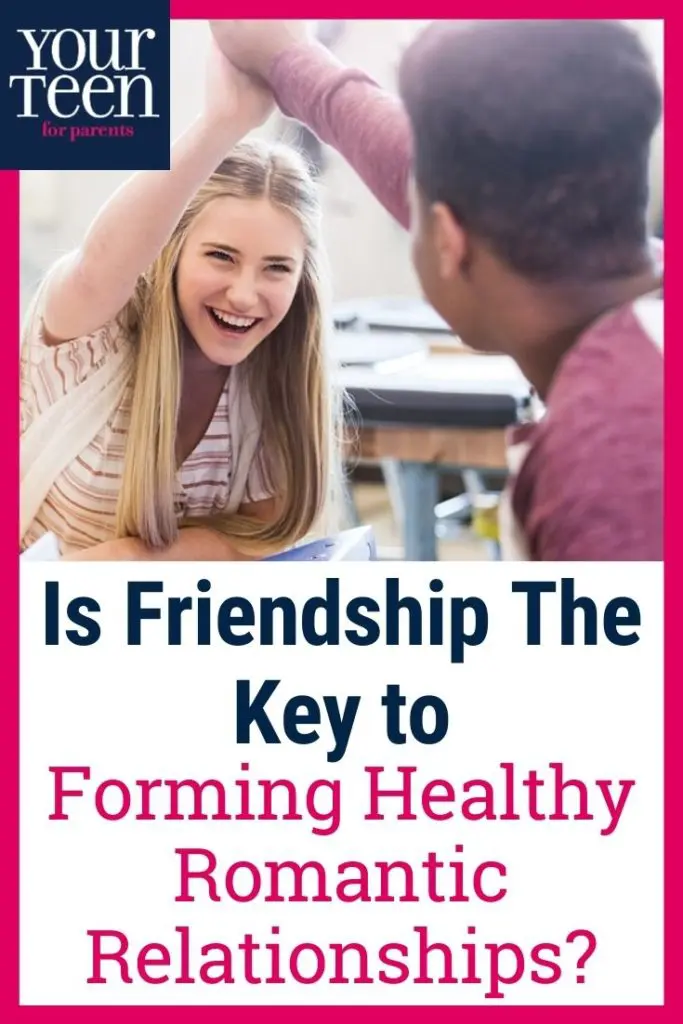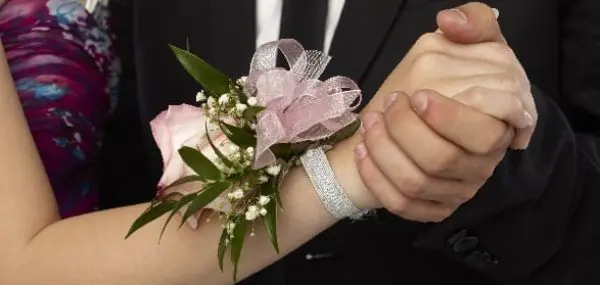When our daughter announced she had a boyfriend in middle school, my husband was really uncomfortable. He saw dating as a distraction from school and other important things. I comforted my husband by telling him that teen love was practice for when she’s older. I thought it was helpful that she was experiencing romance on a smaller scale while still at home in a safe, nurturing environment. But was I right? A recent study says maybe not.

Researchers from the University of Virginia and James Madison University followed 165 adolescents as they aged from 13 to 30 to learn what best predicted who would experience satisfying romantic relationships in their late 20s.
Well, as it turns out, the best practice for romance comes from nonromantic friendships.
The Importance of Friendship in Forming Healthy Relationships
The study’s lead researcher, Joseph P. Allen, Ph.D., professor of psychology at the University of Virginia, says that the “greater stability found in friendships allows for more long-term practice with the kinds of give and take needed to successfully handle romantic relationships in adulthood.” Happily-coupled adults experience emotional intimacy that, outside of the physical component, feels like deep, long-term friendship.
The study further identified other key developmental milestones that proved important down the road. None of these milestones were related to adolescent dating. Rather, the most important predictors of adult romantic satisfaction were:
- At age 13, the ability to establish positive expectations of peers and be appropriately assertive with them
- From ages 15 to 16, the ability to manage an array of peer relationships and to establish close friendships
- From ages 16 to 18, the ability to establish and maintain close, stable friendships

So what’s the bottom line? Allen says that “although teen dating could in some ways be viewed as practice for adult romantic relationships, in reality, teen friendships provide far better practice.”





